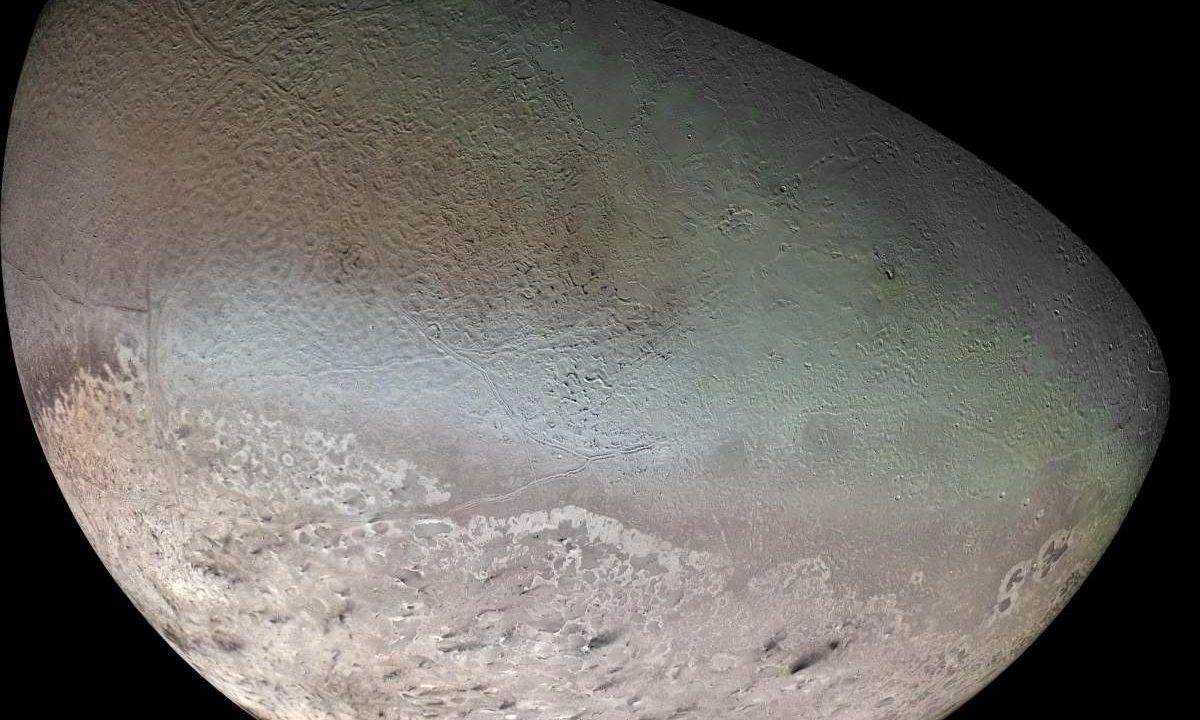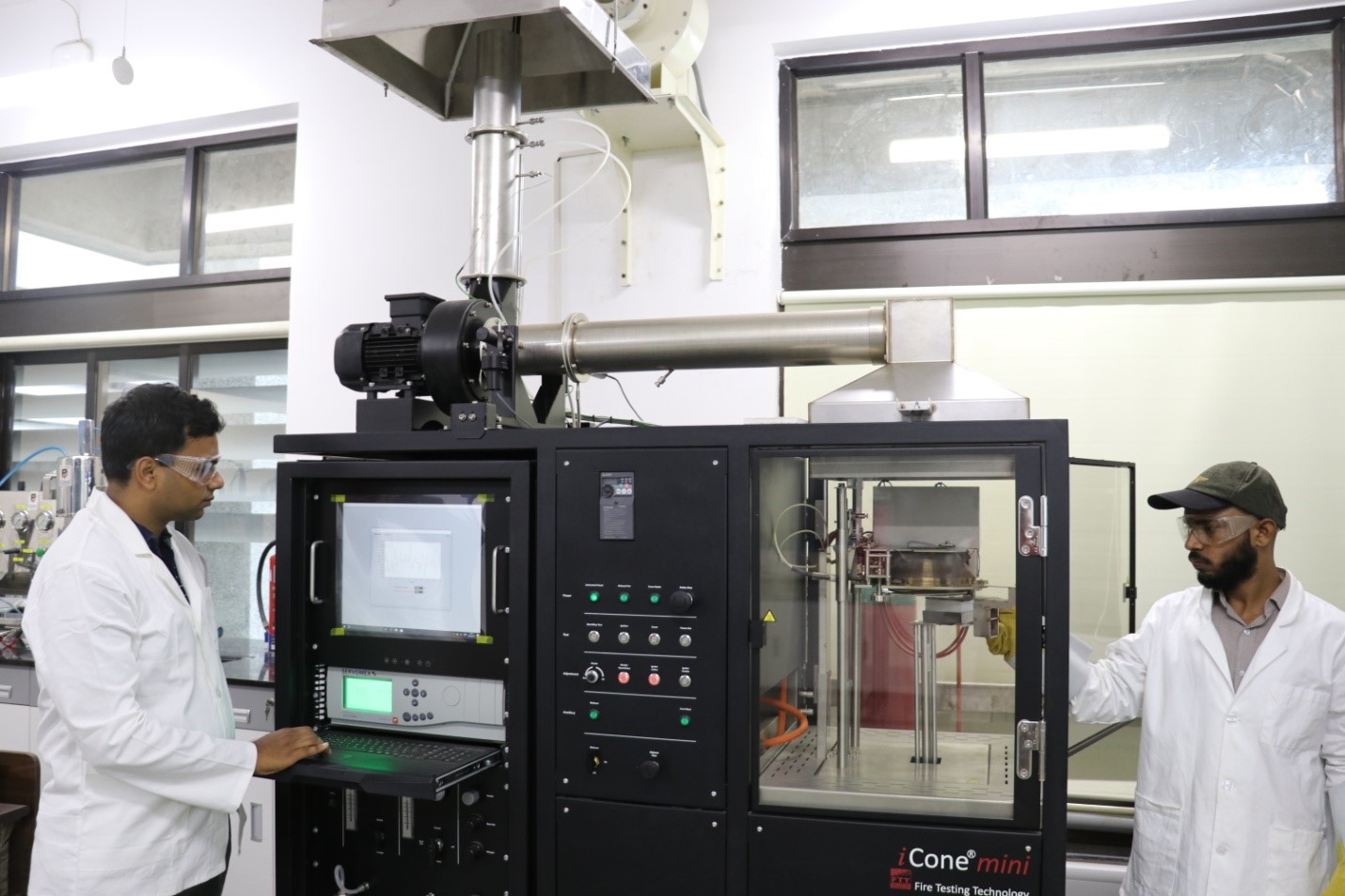An incredibly accurate clock planned by the Weizmann Institute of Science, the Israeli Space Agency and an Israeli company could be on its way to Neptune’s largest moon in 2026
If life does exist outside of Earth in our Solar System, it could be hiding in subterranean oceans flowing under the surface of icy moons. One of the most promising candidates for such an underground liquid body is Triton – aptly named for the son of the sea god Neptune – the planet around which it orbits.
Triton, Neptune’s largest moon, some 4.5 billion km away, is an oddity as it orbits in the opposite direction to all the other moons of Neptune. Some think this points to an origin outside our Solar System: The moon may be an intruder trapped long ago by Neptune’s gravitational field.
The Weizmann Institute of Science and the Israel Space Agency (ISA) in Israel’s Ministry of Science and Technology, is part of a team planning a mission to Triton, named Trident for Neptune’s three-pronged spear, that is slated for launch in 2026. As a finalist in the Discovery Program, it joins three other proposals, each of which will receive three million dollars in the coming year to develop the plans before two are finally selected for missions. The four were chosen from 22 proposals put forward.
If approved, Trident would be the first Earthly visitor to Neptune and its moons in over 30 years. The last “postcards” we received were from Voyager 2, which sent back photos taken from 40,000 kilometers away from the moon. Despite the distance, planetary scientists were able to observe that the surface of Triton is one of the most youthful seen in the Solar System – just a few million years – suggesting intense geological activity. And photos shot of the moon’s south pole revealed geysers spewing liquid nitrogen. This hinted at the possible existence of large underground reserves of liquid, as well as revealing the direction of winds and an atmosphere on the moon.
The mission Trident will also be flying over – but from a distance of only 500 km. Prof. Yohai Kaspi of the Institute’s Earth and Planetary Sciences Department is part of the science team of this proposed space mission, led by Dr. Louise Prockter, Head of the Lunar and Planetary Institute in Houston Texas. The proposed space mission aims to investigate whether Triton does indeed have a subterranean ocean, study the properties of this ocean if it exists, and investigate why the surface looks so youthful and what makes up its atmosphere.
The two Israelis on the team, including Dr. Eli Galant in Kaspi’s group, are there for their experience in analyzing radio signals arriving from distant spacecraft, which in this case will be interpolated with a special clock they designed that will be carried on the spacecraft – a clock so accurate that it will lose less than a second in ten million years and built to withstand the rigors of space travel over at least 15 years.
The clock will be built in Jerusalem by the firm Accubeat and funded by ISA in Israel’s Ministry of Science and Technology. Kaspi and Galanti will use the clock to calculate the properties of Triton’s atmosphere, based on the Doppler displacement of radio waves beamed back to Earth from the spacecraft. The Israeli-made clock will assist them in measuring minute oscillations in these waves.
A similar clock is already in advanced stages of preparation at Accubeat: It will be launched aboard the European Space Agency’s JUICE mission to the moons of Jupiter, set for 2022. Calling it the most accurate clock of its kind, Kaspi says: “There are more exact clocks than the one we will be launching, but these are very large and stationary.”
Avi Blasberger, Director General of the ISA, in Israel’s Ministry of Science and Technology, adds: “This unique clock, developed for an ESA flagship mission, has raised interest with other mission teams. It is proof that the Israeli industry and research have much to contribute to international space exploration.”
In addition to the clock – which will be operated by the Israeli team, the Trident craft, if chosen, will carry a magnetometer for seeking out the underground ocean, two kinds of spectrometers – one infrared to examine the surface and the other plasma for determining the makeup of the atmosphere – and two kinds of cameras that will also be trained on regions of Neptune that have not before been observed.
As part of NASA’s Discovery Program, the Trident mission is intended to be smaller, cheaper, chancier, and shorter-term than the large missions that take off once or twice a decade. Unlike other large missions that may be chosen on the political or leadership level, the Discovery missions are all proposed, planned, and selected by researchers.
Dr. Galanti adds that the mission is dependent on being chosen as one of the two finalists in a year: “The launch date is fixed by a window of opportunity in which the configuration of the planets would enable a craft from Earth to reach Triton in just 12 years. The next window of opportunity will not come around until 2038.”
Prof. Yohai Kaspi’s research is supported by the de Botton Center for Marine Science; the André Deloro Institute for Space and Optics Research; and the Schwartz/Reisman Institute for Theoretical Physics.
If you liked this article, then please subscribe to our YouTube Channel for the latest Science & Tech news. You can also find us on Twitter & Facebook



